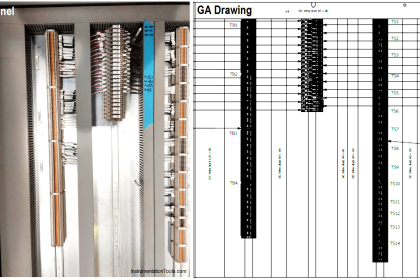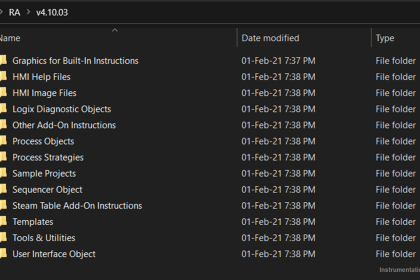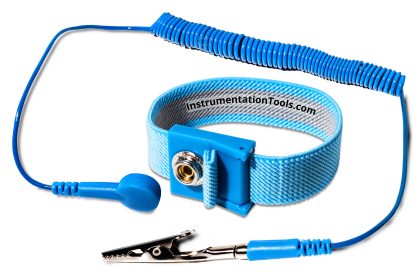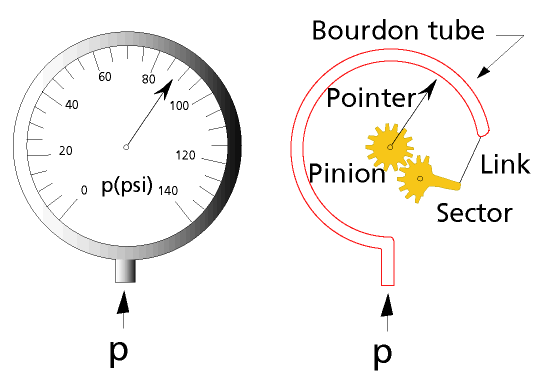Well Head Control Panel (WHCP) controls vital safety parameters of well head platform and provide safe and sequential start-up and shutdown of production wells.
WHCP is designed to operate in “fail safe” mode. The purpose of the panel is to individually and collectively control offshore oil production wells. The WHCP also provide hydraulic pressure to control the actuation of the adjustable choke valves and HIPPS valves on the flow lines.
The following valves are usually connected to each well. They are
- SSV (Surface Safety Valves)
- Master Valves (MV)
- Wing Valves (WV)
- Down hole valve (DHV)
It is also designed to provide the necessary hydraulic pressure to hold all Wing Valves (WV), Master Valves (LMV & UMV) and Sub-Surface Safety Valves (SSSV) in the open position under normal conditions and to close these valves under abnormal / trip conditions.
The actual logic control for the individual solenoids within this system will be by the PLC/ESD system.
The signals from PLC system connected to the WHCP junction box will control (energize and de-energize) the solenoid valves in WHCP allowing the opening and closing of the wellhead valves.
Normally these solenoids will be energized after an interlocked opening sequence by the platform PLC program.
The WHCP includes 4 master solenoid valves:
- To close the SSSV for all wells
- To close the UMV for all wells
- To close the LMV for all wells
- To close the WV for all wells
More Information: What is WHCP?

















Hii
But scssv need to open high hydraulic pressure , How much pressure is required for open scssv and ssv exp 200 bar, 150 bar How much pressure is need to open?
It depends on the Xmas tree and it’s valves
some Xmas need 10000 PSI for SSSV and 5000 PSI for SSV .
best regards
It is depends on the reservoir pressure. Some reservoir pressure is 5000 psi, so we must give more pressure to the scssv. Some WHCP panels like Petronash/petrotec company’s, they set to 6000 psi
SSSV operating pressure is always 1.5 times greater than the bottom hole pressure ( Reservoir pressure ).